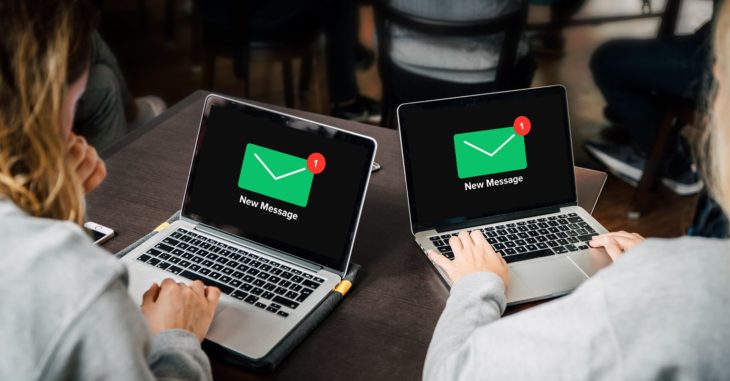Email is one of the most effective marketing strategies nowadays and any serious business is implementing it, no matter what other strategies they focus on. While social media marketing can bring you great profits, it is an insecure strategy and you have to make all the right moves to see the results. It is slightly different when it comes to email marketing.
Contents
How to develop an efficient email marketing strategy?
First, you need to have a set of goals that are focused on accomplishing your plan. Different marketing strategies are set for different goals. For example, lead nurturing would need a whole different kind of email strategy in comparison with a plan to increase engagement or conversion.
When planning your email marketing strategy, you should consider these questions:
• Who are you sending emails to?
• How often will you be sending these emails?
• In which format will your emails be? How will they look?
• What is the reason for sending your emails?
After you have decided on how you want to form your email strategy, follow these working email marketing tactics to successfully realize your plan or campaign.

Source: Square
1. Personalization for customer retention is always a must
A big portion of all email revenue is generated by triggered, personalized campaigns instead of multipurpose marketing campaigns according to the TheChecker.
To keep an existing customer is much cheaper than to acquire a new one. Personalization can instill a sense of support and nurture for your customers, keeping them interested and engaged by staying fixed and relevant to their needs.
Remember, personalization should be unique, so make sure your emails are written like it was for a human by a human, not as an automatic email subscription.
2. Construct subject lines that improve conversion
Subject lines are almost always the only part that most people read. Just like headlines you see in newspapers or news posts on social media it is what determines whether they will buy the newspaper or open the post, in this case, the subject line is the deciding moment whether they will open your email. One of the most important pieces of personal data collected for a targeted email is your subscriber’s first name. Subject lines with a first name have a 26% higher open rate.

Source: Forbes
3. Behavior-triggered automation
Once you have enough knowledge about your customers, you can segment them into different categories based on their interests, behavior which will help you automate your emails.
Emails can be automatically triggered with behavior data to deliver relevant content when it’s needed, such as your subscriber’s birthday, post-purchase, holidays, etc.
4. Make use of user-generated content
One of the better ways to motivate engagement in your email campaigns is to ask your subscribers to submit user-generated content. This gives your customers a chance for direct interaction with your brand and influences other people to make purchases. One of the most effective ways to entice user-generated content is by promoting a hashtag in your emails and by asking your customers to use the same hashtag on their social media profiles.

Source: MailerLite
You can use social media for a more effective email strategy by posting or using an ad with a signup form, which will grow your current email list. You can also use your emails to promote your own social media profiles which will help you gain exposure and also an easier way to engage with your contacts.
